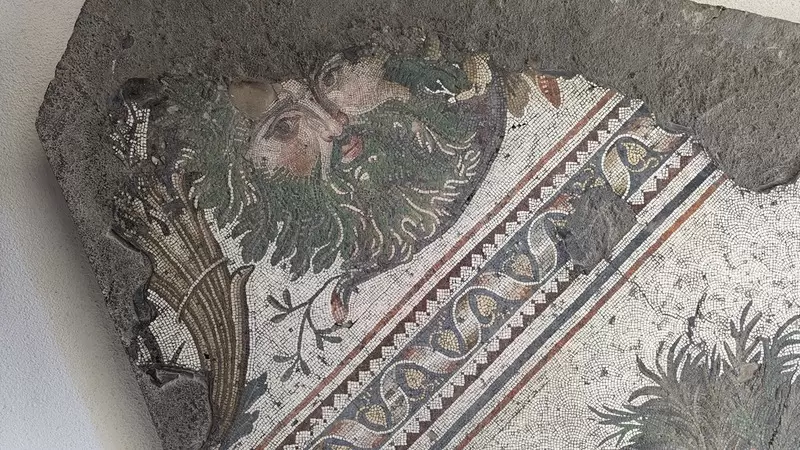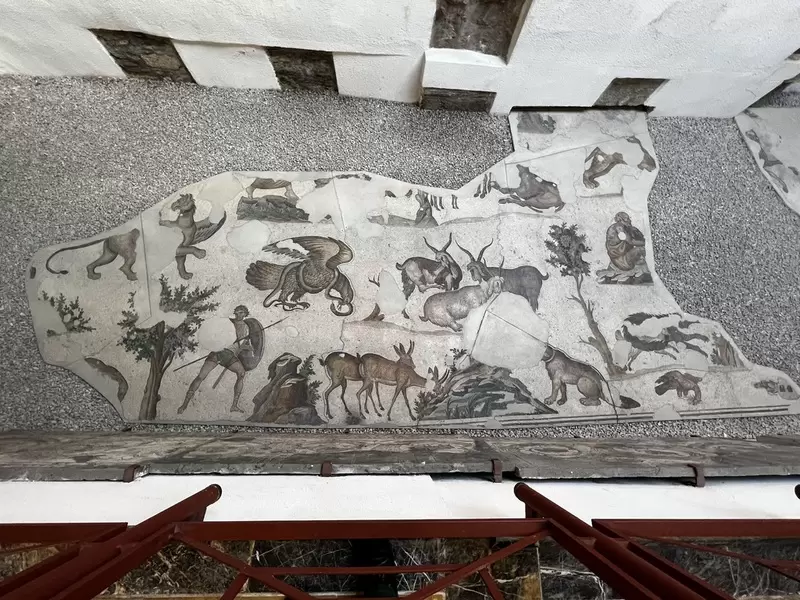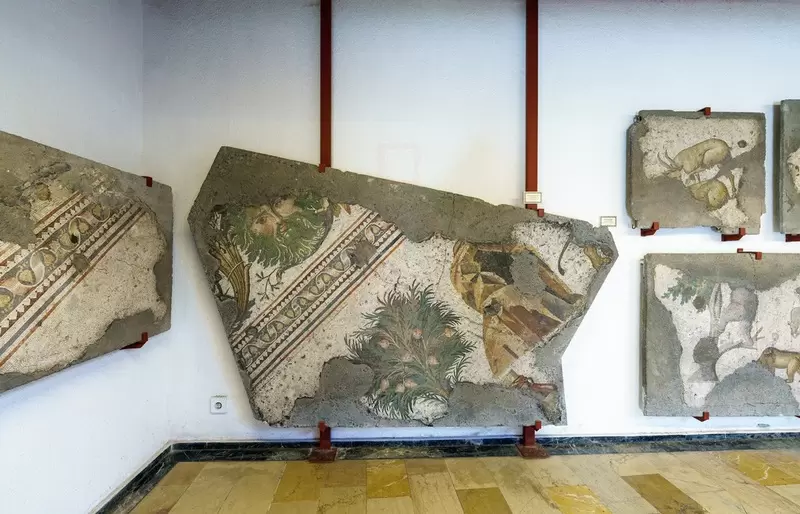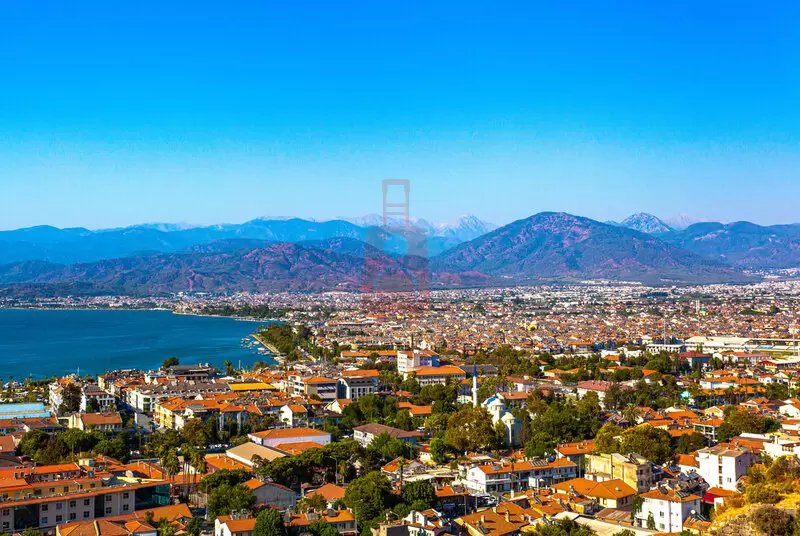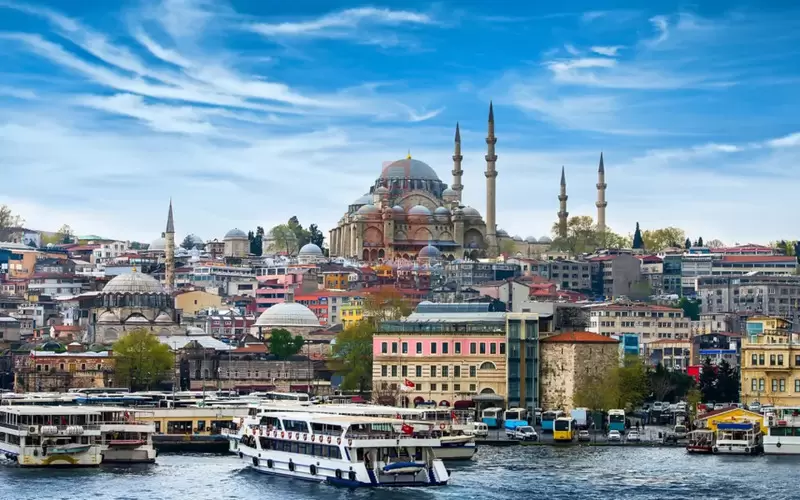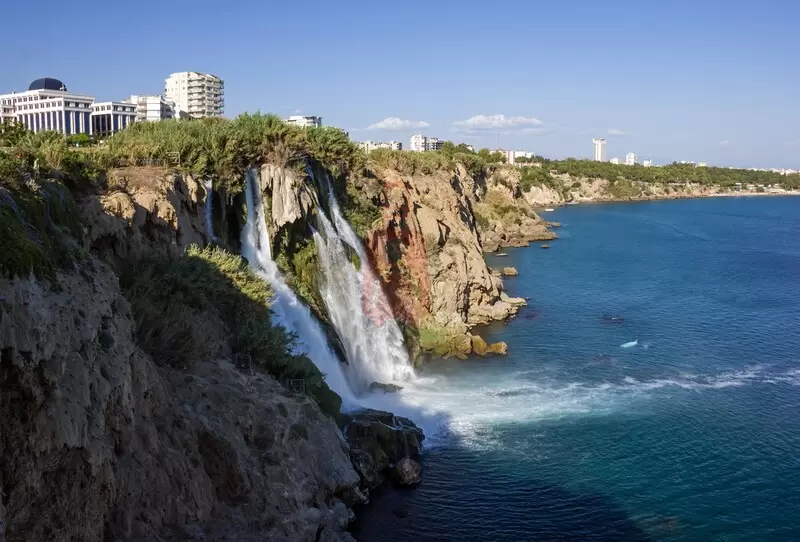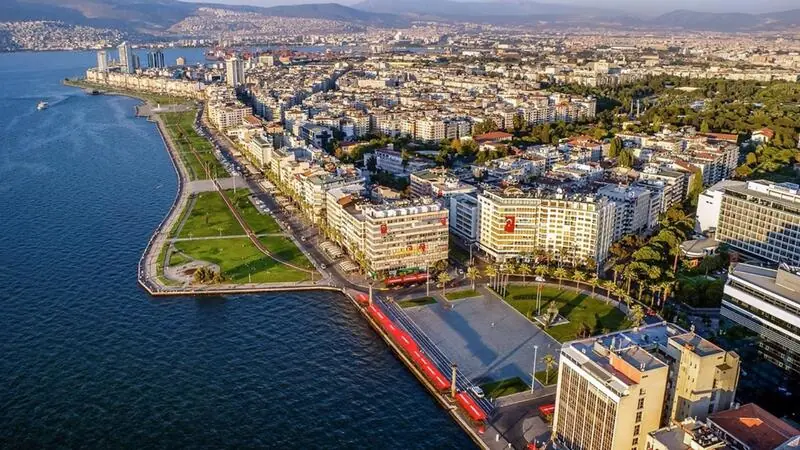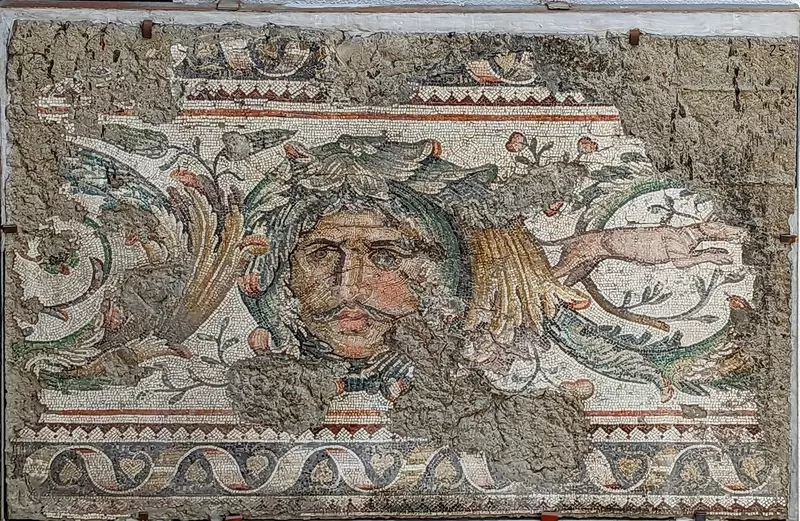
Great Palace Mosaic Museum (Turkish: Büyük Saray Mozaikleri Müzesi) is a museum in Istanbul, Turkey, dedicated to the mosaics that were found in the Great Palace of Constantinople. The museum is located in the Topkapı Palace, and has a collection of over 1,000 mosaics, which were originally found in the palace. The mosaics depict scenes from the Bible, the lives of the saints, and the history of the Byzantine Empire.
1. Overview: The Great Palace Mosaic Museum is located in the Sultanahmet district of Istanbul, near the Hippodrome and the Blue Mosque. The museum is dedicated to preserving and displaying the intricate and well-preserved mosaics that were once part of the Byzantine Great Palace complex.
2. History: The mosaics on display in the museum date back to the Byzantine period, specifically from the 4th to the 6th centuries AD. The mosaics were originally part of the floors of the Great Palace, which was the primary residence of the Byzantine emperors in Constantinople (present-day Istanbul).
3. Collection: The museum houses a remarkable collection of mosaic artworks that were discovered during excavations in the 20th century. The mosaics depict a variety of subjects, including mythological scenes, hunting scenes, daily life, and geometric patterns. The mosaics are composed of intricately arranged small stone and glass pieces, creating vibrant and detailed designs.
4. Highlights: One of the notable mosaics on display is the Mosaic of the Sea Creatures, which portrays various marine animals, including fish, dolphins, and octopuses. Another highlight is the Mosaic of the Hunt, depicting a hunting scene with animals, hunters, and nature elements. The museum also features mosaics that showcase Roman emperors, imperial figures, and decorative motifs.
5. Preservation and Display: The mosaics in the Great Palace Mosaic Museum have undergone extensive restoration and conservation efforts to ensure their long-term preservation. The museum provides a controlled environment to protect the delicate mosaics from damage caused by light, humidity, and other factors. The mosaics are displayed on the floor, allowing visitors to appreciate their original context and intricate details.
6. Visitor Experience: Visitors to the Great Palace Mosaic Museum can explore the exhibition halls, learn about the history and significance of the mosaics through informative displays, and admire the intricate craftsmanship of the ancient artworks. The museum may also provide audio guides or guided tours to enhance the visitor experience and provide further insights into the mosaics and their historical context.
7. Accessibility: The Great Palace Mosaic Museum is typically open to the public, and visitors can access it by purchasing an admission ticket. It is advisable to check the official website or contact the museum for the most up-to-date information regarding opening hours, admission fees, and any specific guidelines for visitors.
The Great Palace Mosaic Museum offers a unique opportunity to explore and appreciate the artistic and cultural heritage of the Byzantine Empire through its stunning mosaic art. It is a must-visit destination for history enthusiasts, art lovers, and anyone interested in ancient civilizations.




